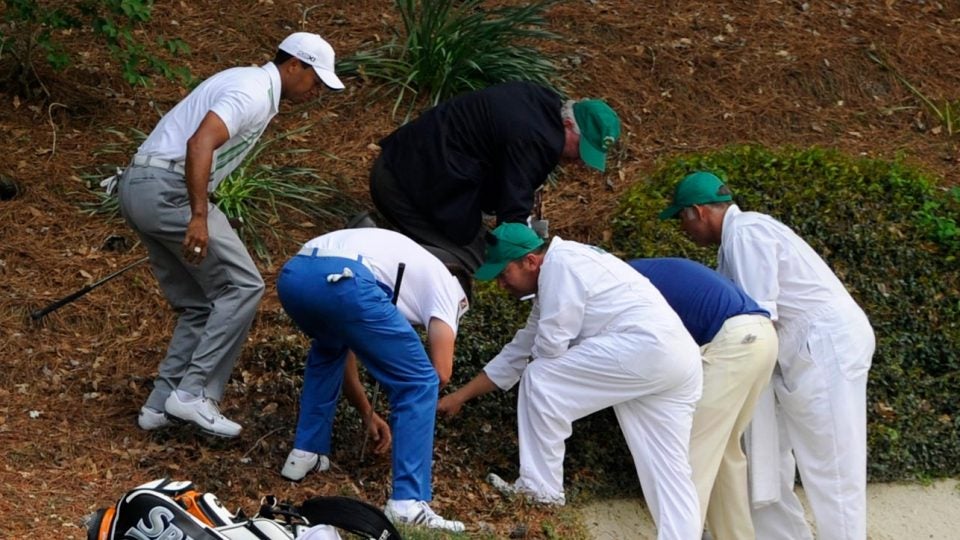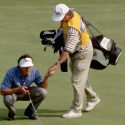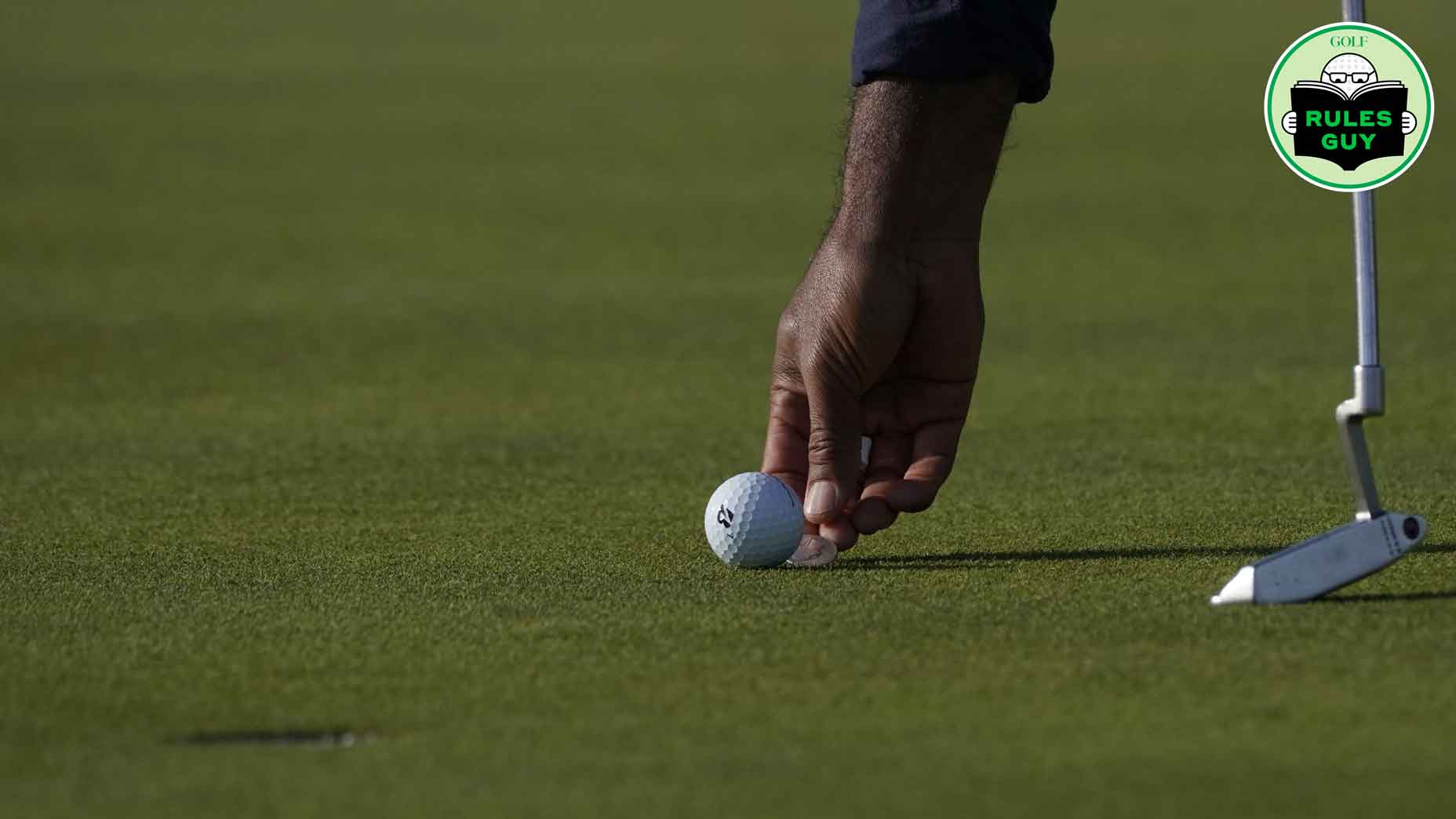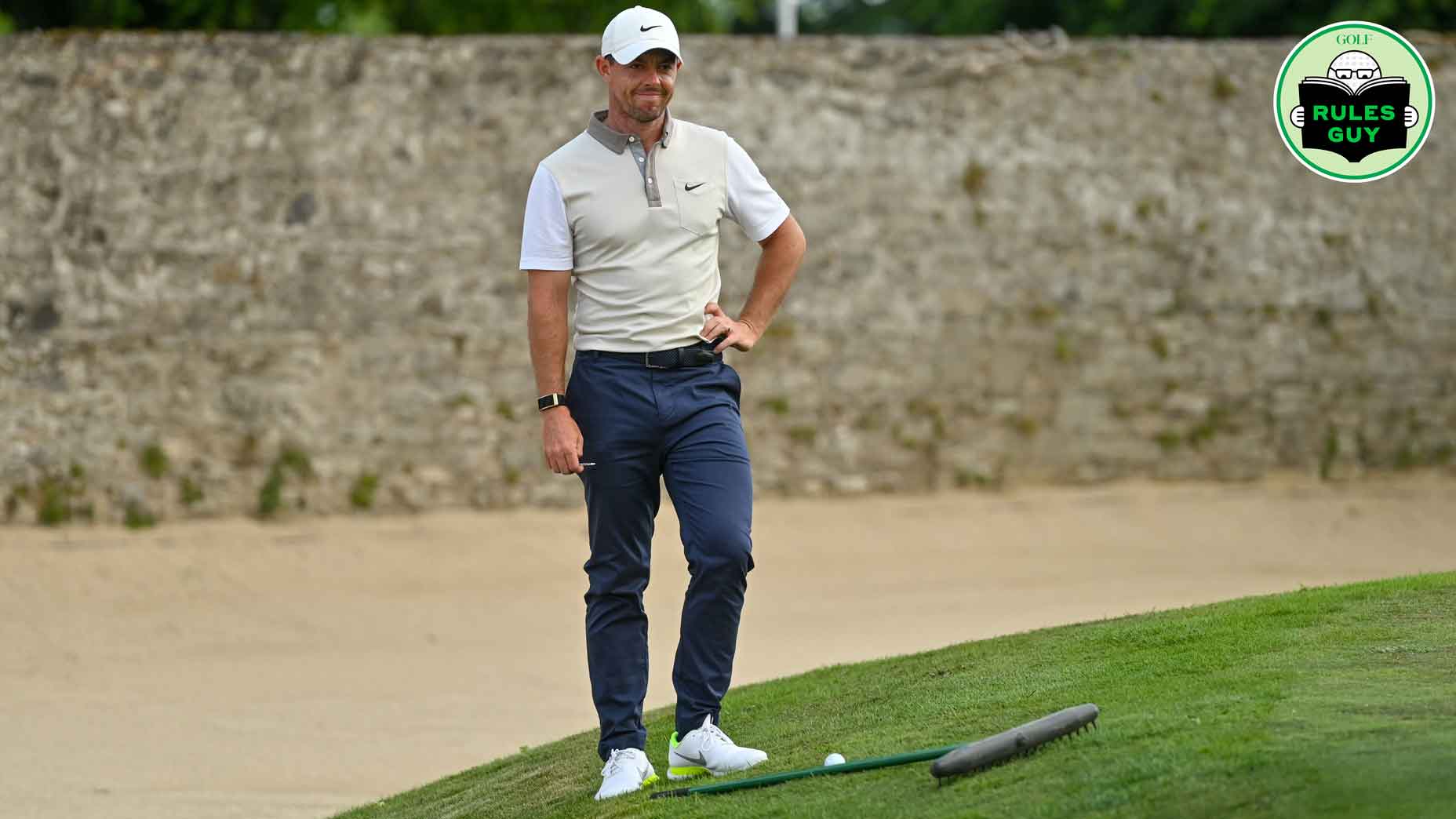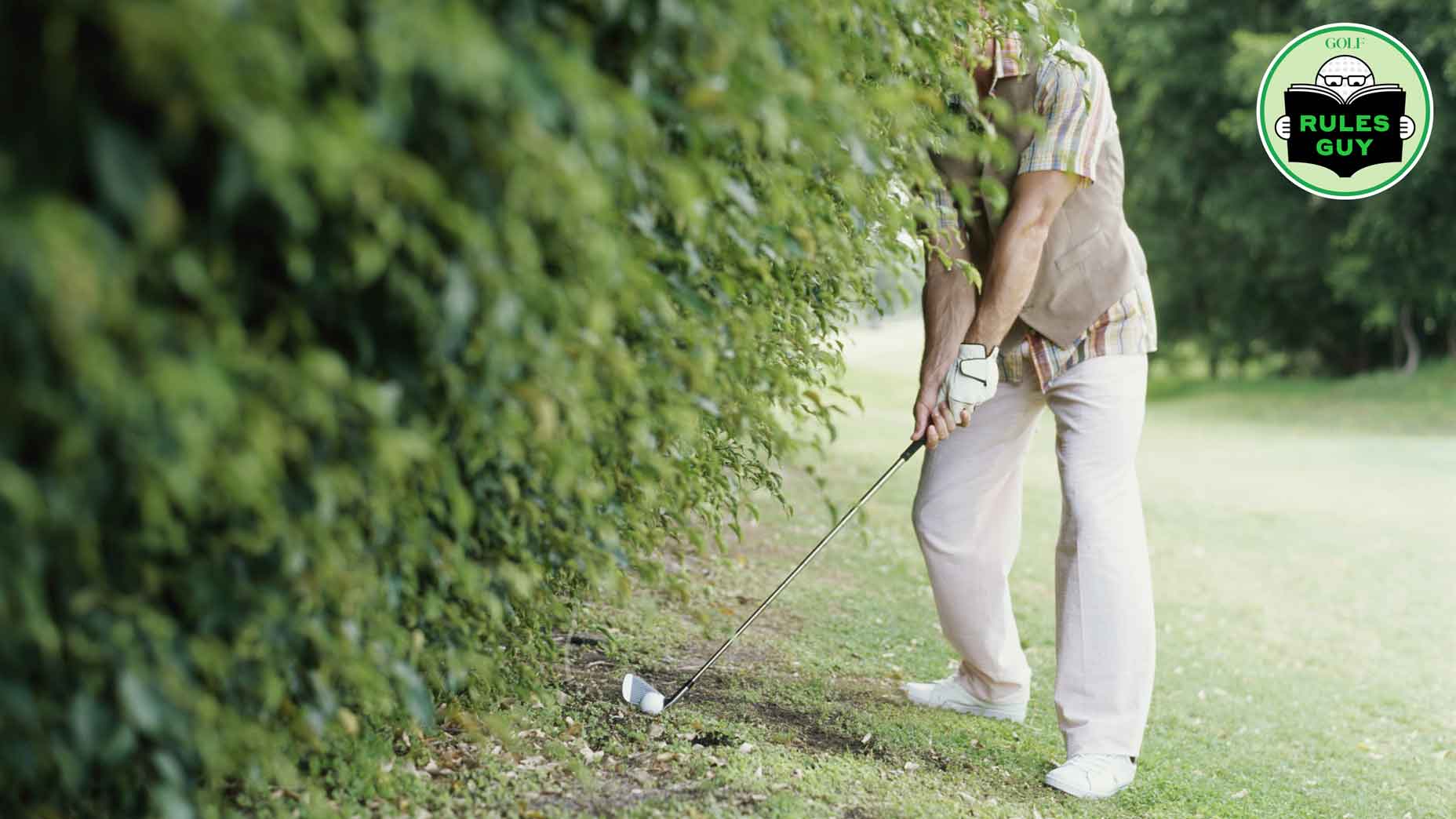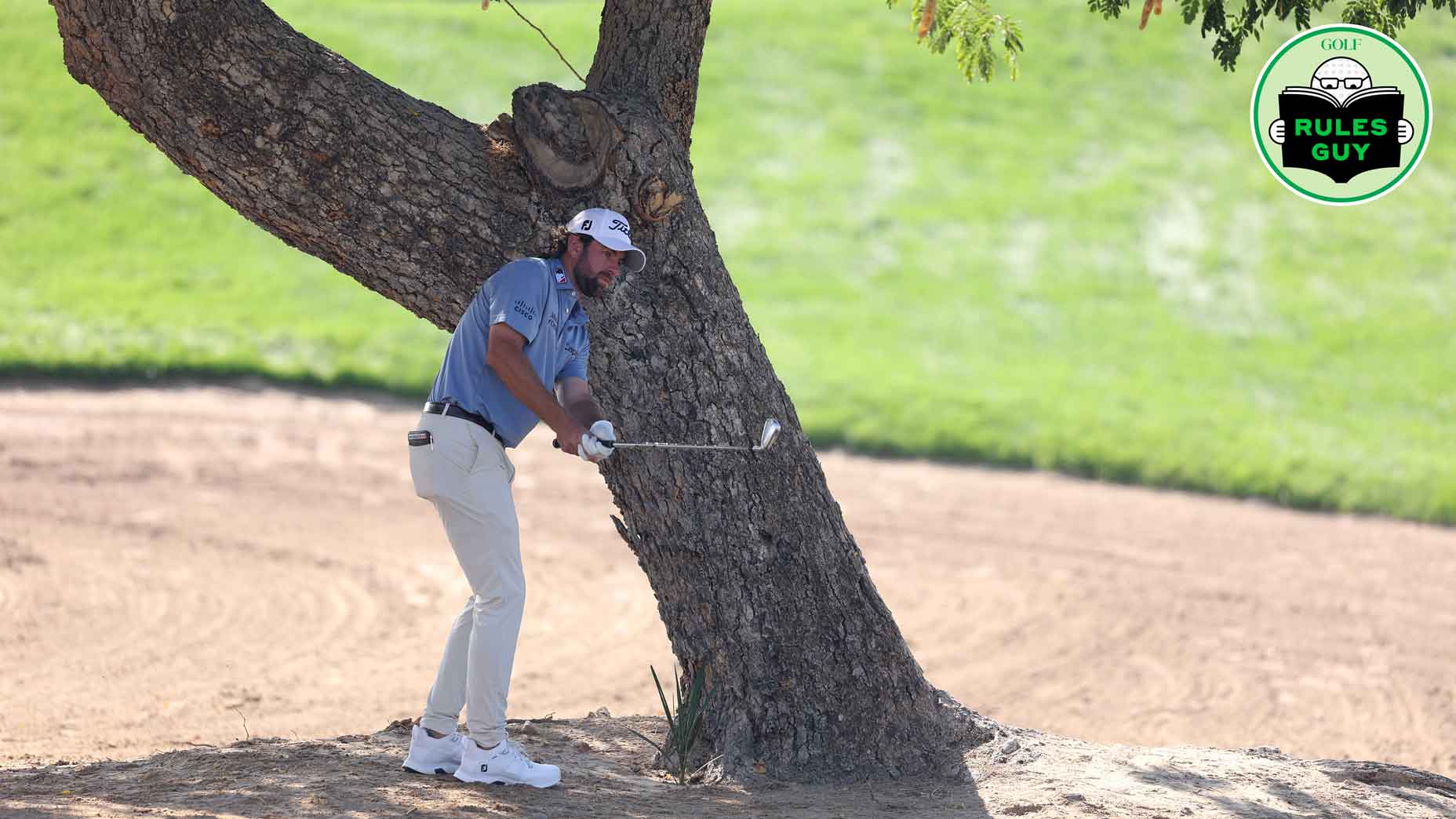Like “jumbo shrimp” and “devout atheist,” “friendly competition” is an oxymoron. And yet, in golf, there’s almost nothing but. Even the most cut-throat scenarios call for certain pleasantries. And courtesies. Like, for instance, helping your opponent search for a lost ball.
The question is: How long are you expected to keep up the hunt?
As with many etiquette-related matters, this depends in part on the kind of golf you’re playing. In a serious competition, with a good amount of money or prestige on the line, always join the search. Plan on spending up to, but no more than, three minutes, the maximum time allowed under the Rules of Golf.
“That’s just basic sportsmanship,” says Eric Phipps, a former collegiate golfer and three-time club champion at Canterbury Golf Club in Ohio. “You never want to win a hole or a match because the other guy couldn’t find his ball.”
Helping an opponent is one thing. Abetting a scofflaw is another. Don’t let the search drag on and on. There’s no need to set a stop watch (that would be obnoxious). But pay attention to your internal clock. As you sense the three-minute time limit expiring, start walking back to your ball. That will send a message: the search party is over.
The only hunting that should be going on now is your opponent hunting for a place to drop.
In casual rounds with friends, or with strangers you’ve been paired with on the 1st tee, the search rules are more loosey-goosey. You might spend longer than three minutes. But only if your partner is really anal, it’s a really nice ball and you aren’t holding up play.
If there’s anyone behind you, don’t spend three minutes. That’s an eternity to make other groups wait. A vigorous 60-to-90 second hunt is sufficient.
When you’re playing a difficult course with a high handicapper, a ball might go missing on every hole. Sorry. That doesn’t mean you’re off the hook. You still have to look. Or at least go through the motions of a person looking. Unless the ball has landed in an especially unfriendly place — high on a grassy hill, say, or down a rocky gulley. In those cases, you can let your playing partner go it alone, especially if they’ve got a caddie. Your help is not required.
As the round progresses, and more balls wind up flying AWOL, adjust your responses accordingly. Your searches can grow shorter and increasingly half-hearted. Adopt an eight-mile stare as you dredge your wedge through the weeds. “You almost have to step on it to find it in the stuff,” you might add to underscore the futility of your quest.
With any luck, your playing partner will take the hint and drop right then and there.
If your partner is oblivious, and keeps hunting and hunting, hole after hole, you’ve got a problem. At this point, only direct communication will do.
“We should try to keep the pace up for the guys behind us,” you might say. Or: “You can just drop one right around there. No penalty.” As if anyone’s still counting their astronomical score.
Bluntness takes courage. But you’re not just acting on your own behalf. You’re trying to help everyone behind you.
You are — to use another oxymoron — doing something awfully good.
To receive GOLF’s all-new newsletters, subscribe for free here.



